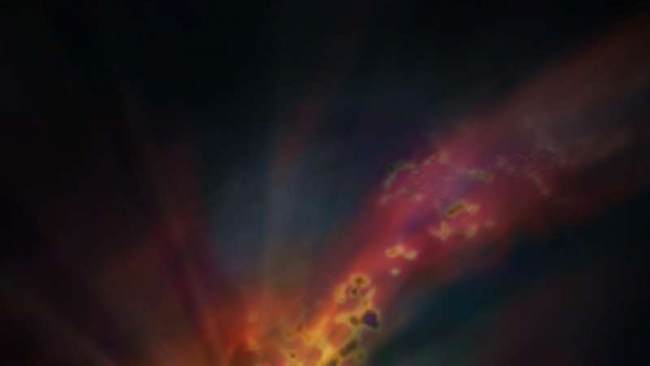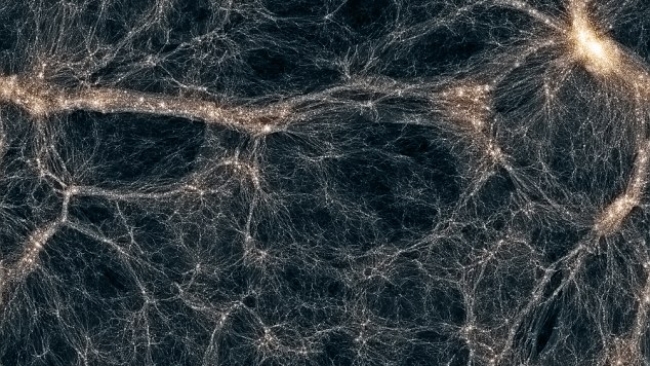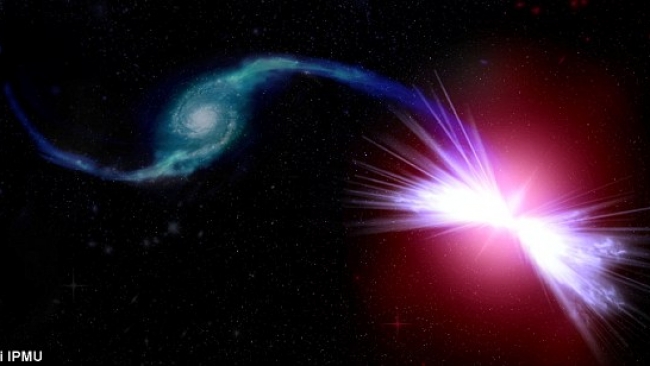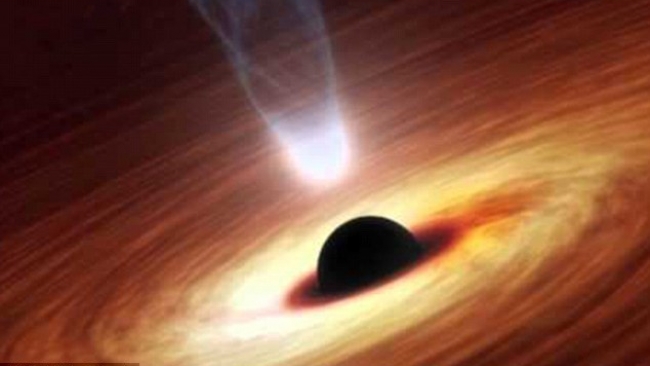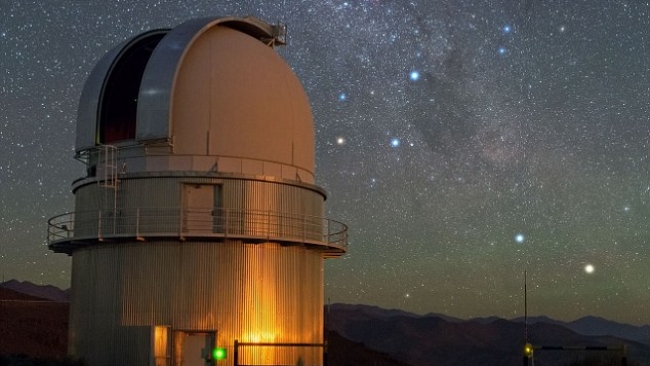Telescope breaks record with image of galaxy 500m light years away
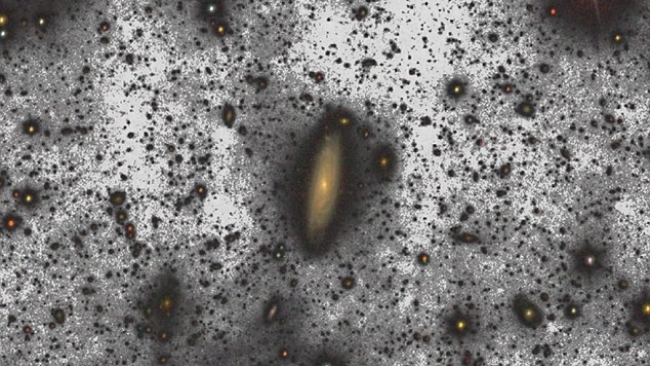
The currently accepted model for galaxy formation predicts that there are many stars in their outer zones that form a stellar halo and is the result of the destruction of other minor galaxies.
However, the brightness of these halos is very faint and its detection has proved to be a challenge. --until now.
While observing a faint halo of stars 500 million light years away, the Gran Telescopic Canarais captured an image that is ten times deeper than any other telescope has ever taken.
Light from distant objects in the universe is very faint by the time it reaches Earth, which has made it very difficult for researchers to observe them in their full glory. Something similar occurs with objects that are not so distant but have very low surface brightness.
Measuring this brightness is difficult due to the low contrast with the sky background. The study, led by the Instituto de AstrofÃsica de Canarias (IAC), set out to test the limit of observation which can be reached using the largest optical-infrared telescope in the world and captured the stars around the UGC00180 galaxy.
This breakthrough also confirms that the surface brightness of galaxy halos is extremely low, which has been predicted by theoretical models in the past.
Because of this difficulty, the scientists had questioned the possibility of observing further away and obtaining ultra-deep images, even though technological development has provided us with bigger and bigger telescopes capable of exploring the surface brightness of fainter and fainter galaxies.
Source: Daily Mail
Fri 10 Jun 2016 at 06:28
